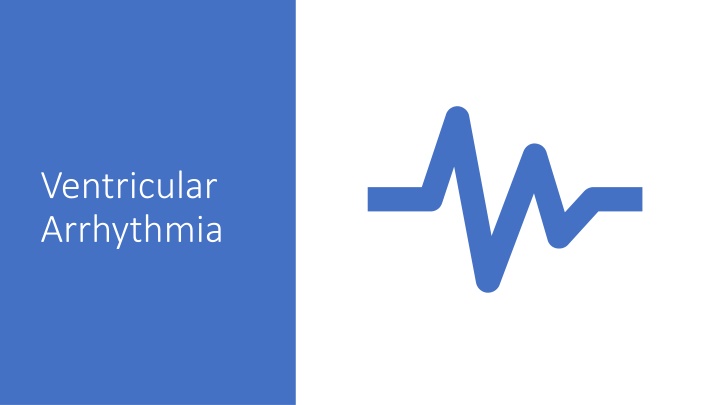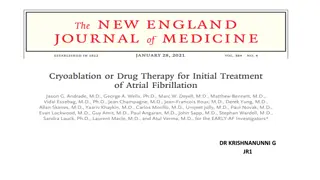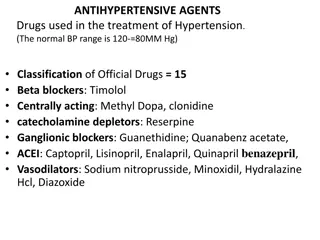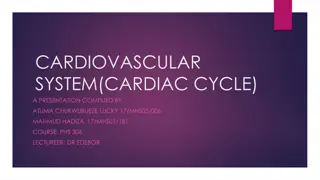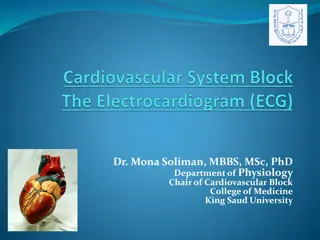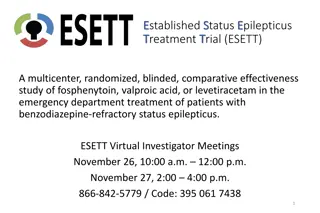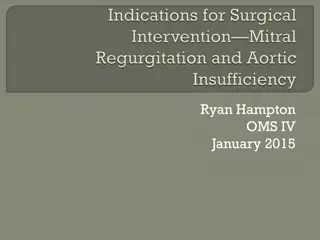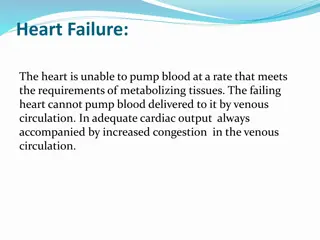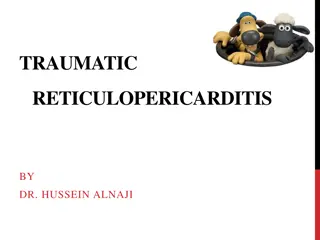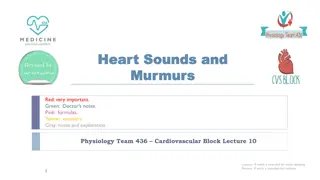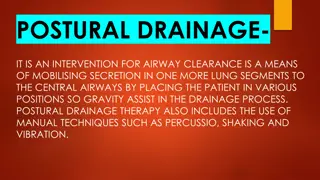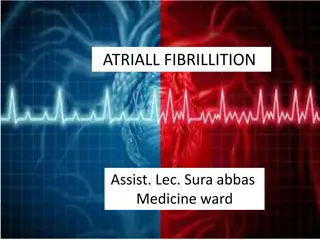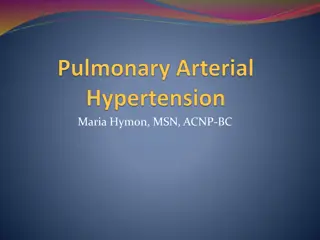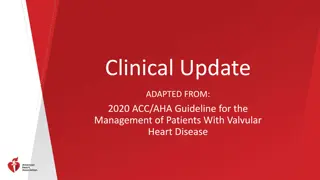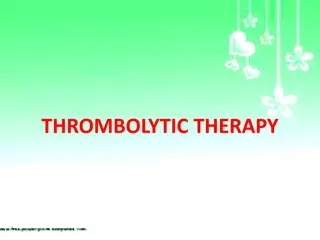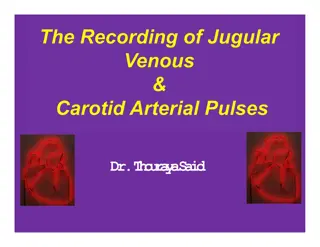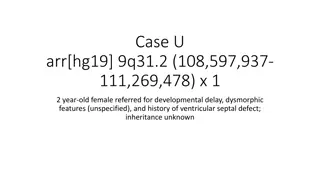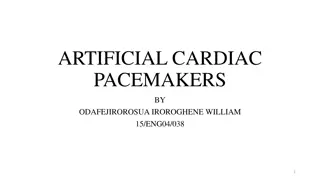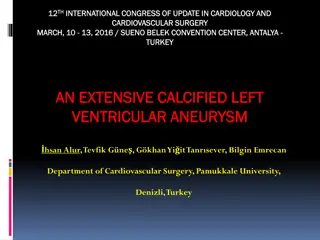Overview of Ventricular Arrhythmia and Management
Ventricular arrhythmia encompasses various types, including idiopathic and inherited syndromes, such as ventricular tachycardia and fibrillation. The condition may lead to sudden cardiac death, especially in young individuals with rare primary arrhythmia syndromes. Diagnosis involves a comprehensive approach, including genetic testing and cardiac evaluations. Management strategies focus on patient protection through awareness, medication, defibrillator implantation, and ablation, with considerations for family screening.
Download Presentation

Please find below an Image/Link to download the presentation.
The content on the website is provided AS IS for your information and personal use only. It may not be sold, licensed, or shared on other websites without obtaining consent from the author.If you encounter any issues during the download, it is possible that the publisher has removed the file from their server.
You are allowed to download the files provided on this website for personal or commercial use, subject to the condition that they are used lawfully. All files are the property of their respective owners.
The content on the website is provided AS IS for your information and personal use only. It may not be sold, licensed, or shared on other websites without obtaining consent from the author.
E N D
Presentation Transcript
Ventricular Arrhythmia
Not all things are equal Ventricular arrhythmia with structural abnormality Idiopathic ventricular arrhythmia Inherited arrhythmia syndromes
Isolated premature ventricular contractions (PVC s) Idiopathic Ventricular Arrhythmia Ventricular tachycardia PVC induced ventricular fibrillation
Rare Primary arrhythmia syndromes Inherited Arrhythmia Syndromes Leading cause of sudden cardiac death in patients <30 yrs old Majority have no symptoms prior to a significant arrhythmic event Genetic basis is complex
Long QT syndrome Brugada Syndrome Inherited Arrhythmia Syndromes Short QT syndrome Idiopathic VF Catecholaminergic Polymorphic Ventricular Tachycardia PRKAG2 syndrome Arrhythmogenic Cardiomyopathy
History key features Family History Approach to diagnosis Obtain all relevant information Testing ECG / Echocardiogram / MRI / Provocation testing Genetic Testing
Protect the patient Awareness patient / family Medication Lifestyle modification Medication awareness Defibrillator implantation Ablation Management Protect the family Cascade Screening
